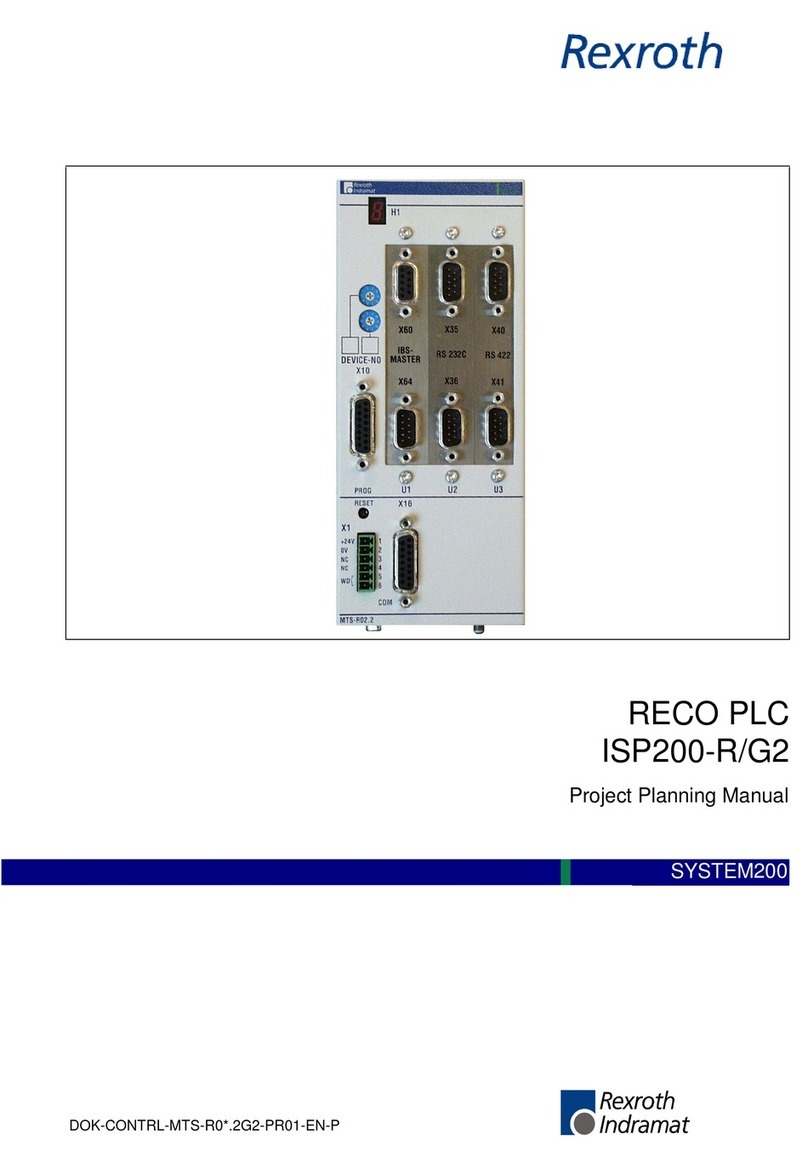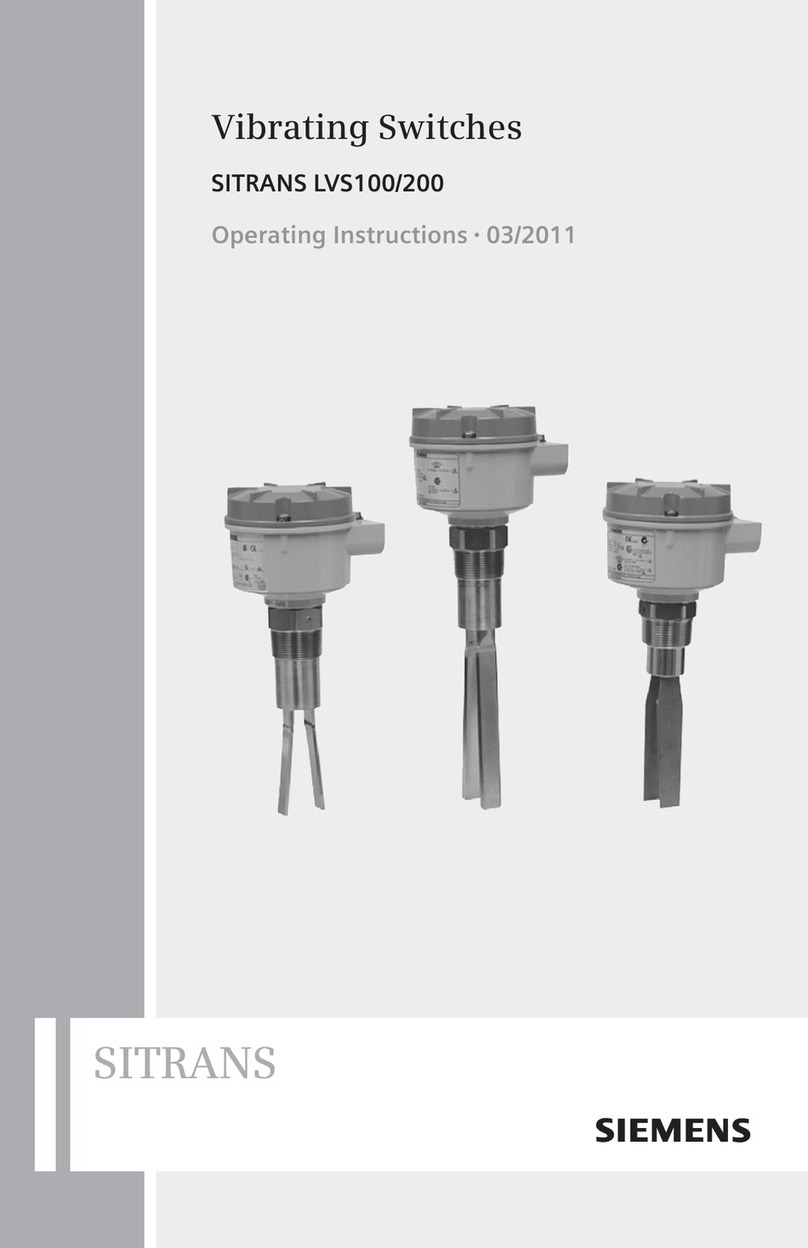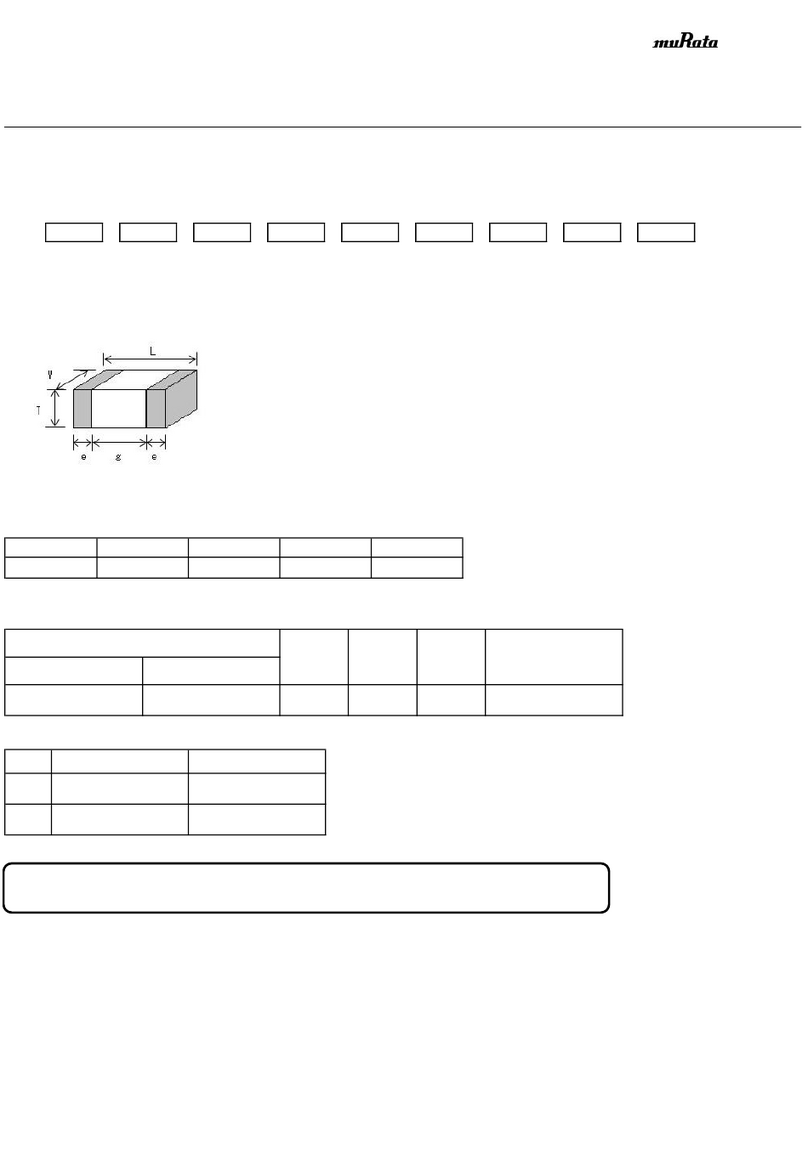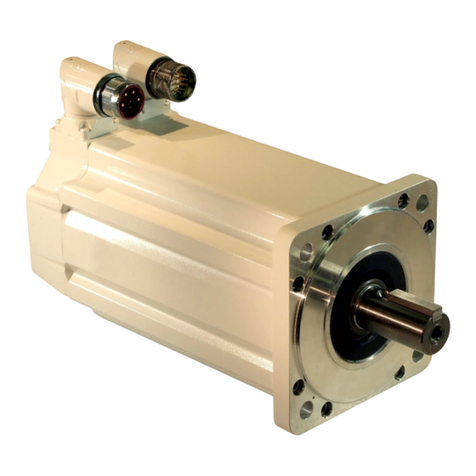
9
Français
Limitation: Env. 40 mA
Ondulation résiduelle: < 20 mV ss
Constante de temps: Env. 3 ms
Temps de réponse1
selon CEI 770: Env. 15 ms
Sortie en tension
continue UA:0...10 V
Chute de tension UV:
< 2,6 V pour l’exécution standard (non-Ex)
< 4,5 V pour les exécutions Ex
(entrées en «sécurité intrinsèque»)
< 6,1 V pour les exécutions Ex
(sorties en «sécurité intrinsèque»)
Résistance interne: 500 Ω
Limitation:
< 26 V pour l’exécution standard (non-Ex)
< 16 V pour les exécutions Ex
(entrées en «eigensicher»)
< 16 V pour les exécutions Ex
(sorties en «sécurité intrinsèque»)
Ondulation résiduelle: < 20 mV ss
Constante de temps: Env. 3 ms
Temps de réponse1
selon CEI 770: Env. 15 ms
Indications concernant la précision
Limite d’erreur: < ±0,1%2
(val. de référence 20 mA à la sortie,
erreur type de linéarité comprise)
<±0,2%3
(val. de référence 10 V à la sortie,
erreur type de linéarité comprise)
Ambiance extérieure
Température de
fonctionnement: – 25 à + 55 °C,
–20à + 55 °C
(pour les exécutions Ex: Entrée ou
sortie en «sécurité intrinsèque»)
Temp. de stockage: – 40 à + 70 °C
Humidité relative
en moyenne annuelle: ≤75% classe climatique standard
≤95% classe climatique accrue
Résist. aux vibrations: 5 g, < 200 Hz,
pendant 2 h dans 3 directions
Schock: 50 g,
10 chocs dans 3 directions
1Le temps qui s’écoule jusqu’à ce que le signal de sortie ait atteint,
en restant dans la tolérance d’erreur de 1% la nouvelle valeur
après un sauf indiciel du signal d’entrée de 0 90%.
2Pour signal courant et RA= 250 Ω.
3Pour signal tension
6. Changement de la plaquette frontale
Faire une légère pression sur le capot transparent (Fig. 3 à
gauche) jusqu’à ce qu’il se libère en haut. La plaquette
signalétique est interchangeable et sert à des annotations
diverses. Après mise en place de la plaquette, remettre le
capot transparent en le glissant d’abord dans la gorge
inférieure et l’encliqueter définitivement par une pression du
doigt (Fig. 3 à droite).
Fig. 3. A gauche: Enlever le capot transparent
A droite: Remettre en place le capot transparent.
7. Fixation
Les SINEAX TI 807 peuvent être au choix montés sur des rails
symétrique «en chapeau» ou directement sur une paroi ou
sur un tableau.
Il faut faire attention que les valeurs limites de la
température de fonctionnement ne soient pas
dépassées:
– 25 et + 55 °C pour appareils standard
–20et + 55 °C pour appareil en exécution Ex!
7.1 Montage sur rail symétrique «en chapeau»
Encliqueter le boîtier sur le rail symétrique «en chapeau»
(EN 50 022) (voir Fig. 4).
Fig. 4. Montage sur
rail symétrique «en
chapeau» 35 ×15
ou 35 ×7,5 mm.
7.2 Montage sur paroi
Tirer en dehors les languettes de fixation (1) en enfonçant en
même temps le bouton de verrouillage (4) (voir Fig. 5 à
gauche). Pour rentrer si nécessaire les languettes de fixation,
il faut enfoncer le bouton de verrouillage (5) et en même
temps glisser les languettes de fixation (1) dans la base du
boîtier (voir Fig. 5 à droite).
Fig. 5. Fond de l’appareil.
(1) Languettes de fixation
(2) Cliquets de retenue
(3) Tampons en
caoutchouc
(4) Verrouillage pour
languettes rentrées
(5) Verrouillage pour
languettes extraites
SINEAX
TI 807
GOSSEN
METRAWATT
CAMILLEBAUER
GOSSEN
METRAWATT
CAMILLEBAUER
ON
(
SINEAX
TI 807
GOSSEN
METRAWATT
CAMILLEBAUER
GOSSEN
METRAWATT
CAMILLEBAUER
(5)
(1)
(1)
(4)
(2)
(3)
(2)
(1)
(1)




























